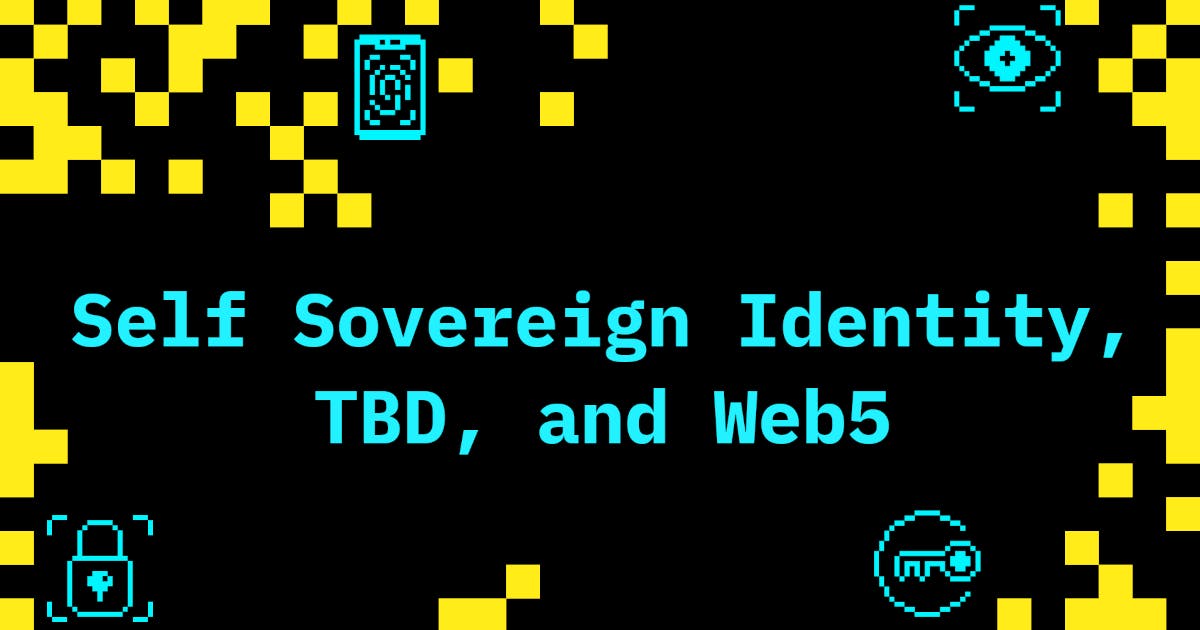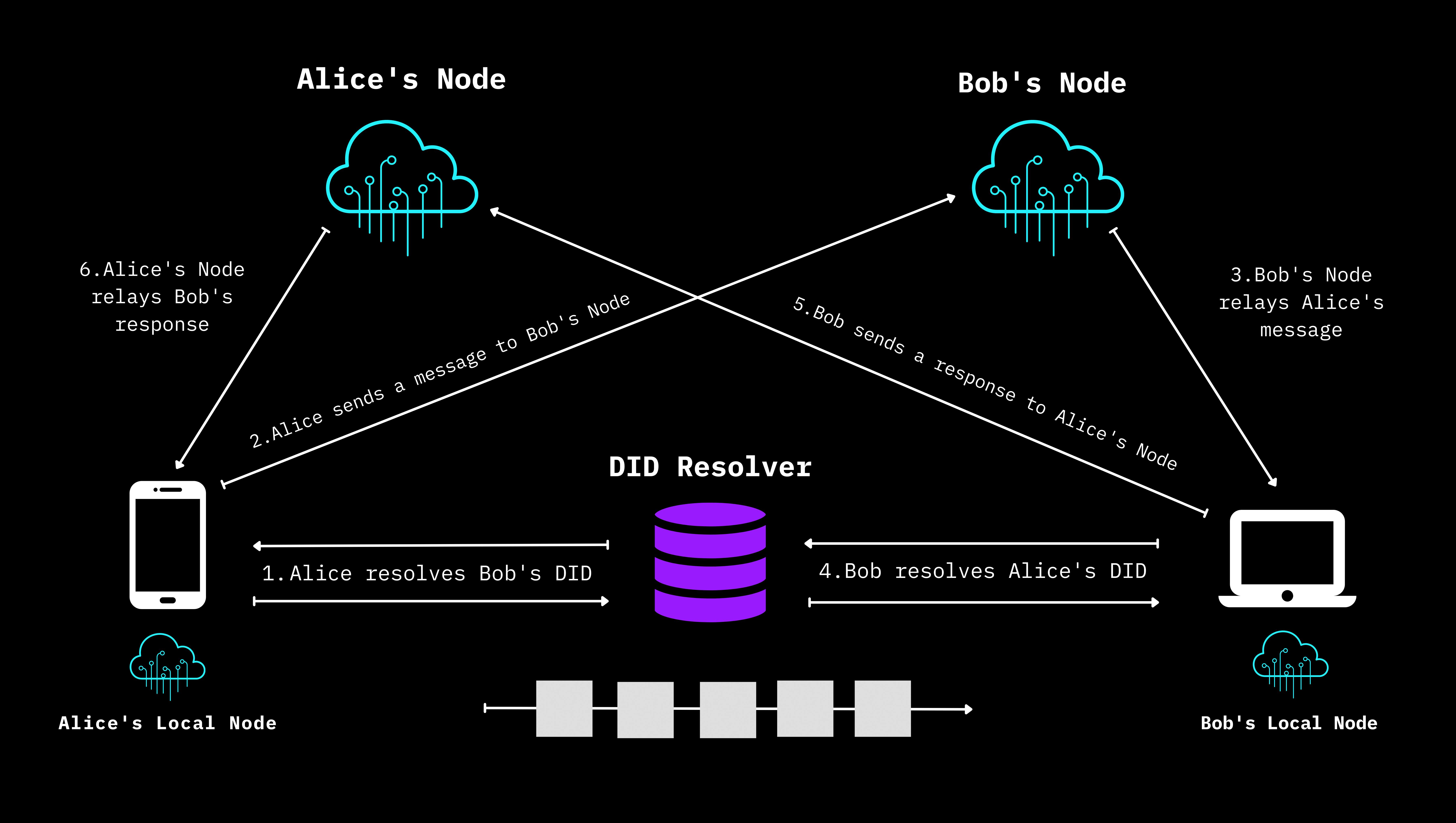Journeying Through the Decentralized Web (Web5): A Tale of Identity and Innovation
A Peek into a New World
I was drawn to Web5's breakthrough concept of Decentralized Identifiers (DIDs). This isn't just a technical advancement; it's a cultural movement that reflects our desire for autonomy in the digital arena.
The Essence of DIDs

Imagine a digital world where your identity is not attached to an email or a social media profile. Decentralized identifiers (DIDs) offer this reality. They are unique addresses on the decentralized web, not just for people but for any entity, be it organizations or even abstract concepts. This is like having a personal, universal identification card (ID card) that works everywhere online without being tied to a single authority.
A Contrast to the Past

Do you remember the days of using usernames and emails tied to specific platforms like Google or Facebook? DIDs move away from this centralization. They are like a digital "baobab tree" rooted in the community but not owned by any individual.
How DIDs Work: A Sample Code Snippet
Let's dive into a practical example. Imagine you are creating a DID using the did:key method in a Javascript setting:
const { DID } = require('dids'); const did = new DID({ method: 'key' }); console.log(`Your new DID: ${did.toString()}`);
This code snippet quickly and easily produces a new DID, making it ideal for single-use interactions in your app development.
The Backbone: DID Documents

Each DID links to a DID document, a digital file that validates and authenticates your identity. It's like a personal web page for your DID, containing essential information for verifying your digital presence.
Autonoumous control

One interesting aspect of DIDs is the controller-subject relationship. It's like a parent (controller) managing an online account for their child (subject). This relationship is defined within the DID document, allowing for secure and accountable management of digital identities.
Securing Your Digital Self

The bedrock of DIDs' security is the public-private key pairs. Think of the private key as the key to your house in the digital village. It must be kept safe, as it proves you are the rightful owner of your digital identity.
Conclusion: Embracing the Future
As we venture into the era of Web5, DIDs stand as beacons of autonomy and security, heralding a new age of digital identity. They embody a shift from centralized control to user empowerment, rewriting the narrative of how we exist and interact in the digital cosmos. Embrace this journey, for it’s not just about technology; it’s about reclaiming our digital selves.
References
"Identity (DIDs) | TBD." TBD Website.developer.tbd.website/docs/web5/learn/decen..
